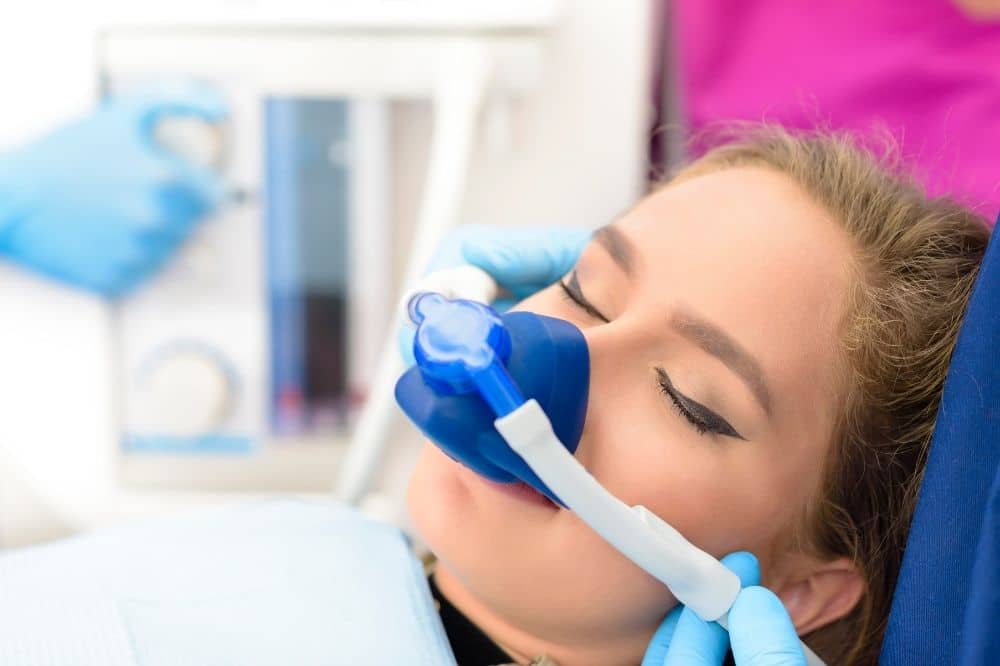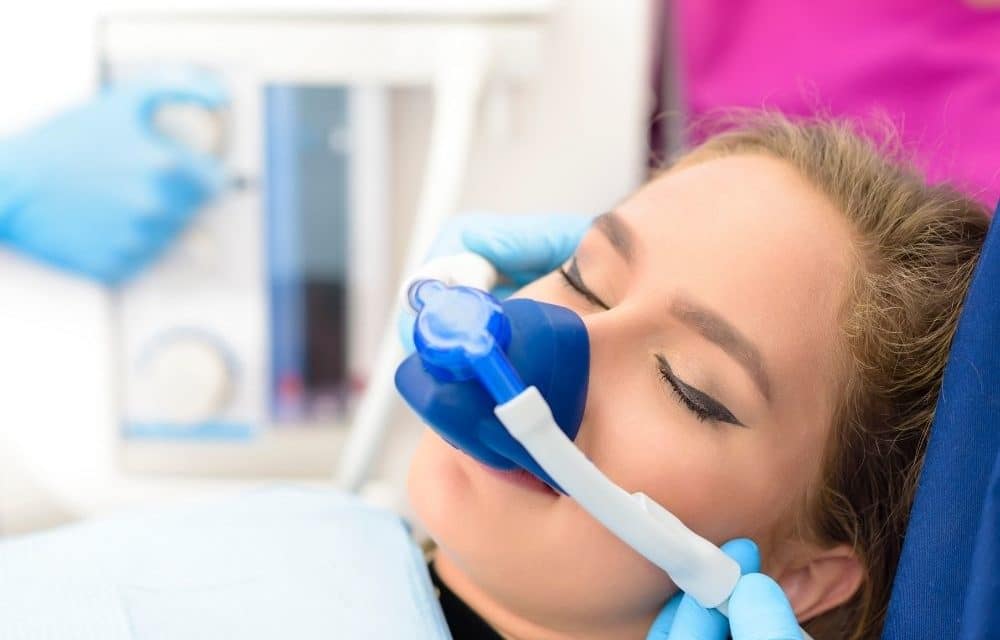
When it comes to keeping up on regular dental appointments, as many as 36% of the world’s population [1] find themselves in a state of anxiety and persistent fear.
The very thought of laying back in the dentist’s chair is a dreaded experience, one that often prevents the individual from attending or scheduling dental checkups, even if oral care is desperately needed.
In extreme cases of dental phobia, a numbing agent is often not enough to help with the intense fear the individual is experiencing. For these individuals, sedation dentistry can bring relaxation to the chair regardless of the procedure needed.
What Is Sedation Dentistry?
In sedation dentistry, medication is used to depress the central nervous system.
These sedatives can be administered in a minor, medium, or deep level dosage, depending on the amount of relaxation needed.
1. Minimal Sedation
At this level, you will be able to relax, but you remain conscious.
-
- Nitric oxide, also known as “laughing gas” is offered to you via a mask where it is mixed with oxygen, so you can inhale it. Nitric oxide gas is odorless, tasteless, and wears off fairly quickly, so you are able to drive yourself home afterward.
- If nitric oxide gas isn’t used, oral sedation can be given in pill form (most commonly Halcion) about an hour before the procedure. If this is the chosen method, you will become quite drowsy but remain awake during your appointment.
2. Moderate Sedation
For those requiring a moderate amount of relaxation, there are two options available.
-
- A larger dose of oral sedation (commonly Halcion) can be given. This will produce a very groggy and drowsy response from you, with some individuals falling asleep. A gentle shake is all that is needed to wake you.
- If you do not want a pill, IV sedation can be given. It involves running an intravenous line into a vein. This sedation type works quickly and can be continually adjusted throughout the procedure.
3. Deep Sedation
With this level of sedation, you will be given medication that will make you almost unconscious. If you are given general anesthesia, you will be completely unconscious during the procedure and will awaken when the anesthesia wears off. This is recommended for individuals that have anxiety episodes prior to their appointment.
Who Is a Good Candidate for Sedation Dentistry?
It is appropriate for anyone who is anxious in the dentist’s chair, has sensitive teeth, is easily prone to their gag reflex, needs a large amount of dental work completed or has a lower pain threshold that makes them fear the dentist. It is important to note here that sedation dentistry does not prevent or relieve pain, just relaxes the patient. A local anesthetic can be used to numb pain.
Who Can Perform Sedation Dentistry & Is It Safe?
If you require minimal sedation, most general dentists can provide this. If you need deep sedation or general anesthesia, a specialist dentist (e.g. oral surgeon) with additional training will be needed.
Sedation dentistry is considered safe and can be administered to children. You may be asked to give an account of your medical history in a preliminary appointment, where your dentist will discuss any sedation risks with you.
If you’d like to consider sedation for your next visit and/or have any questions, feel free to get in touch today.





